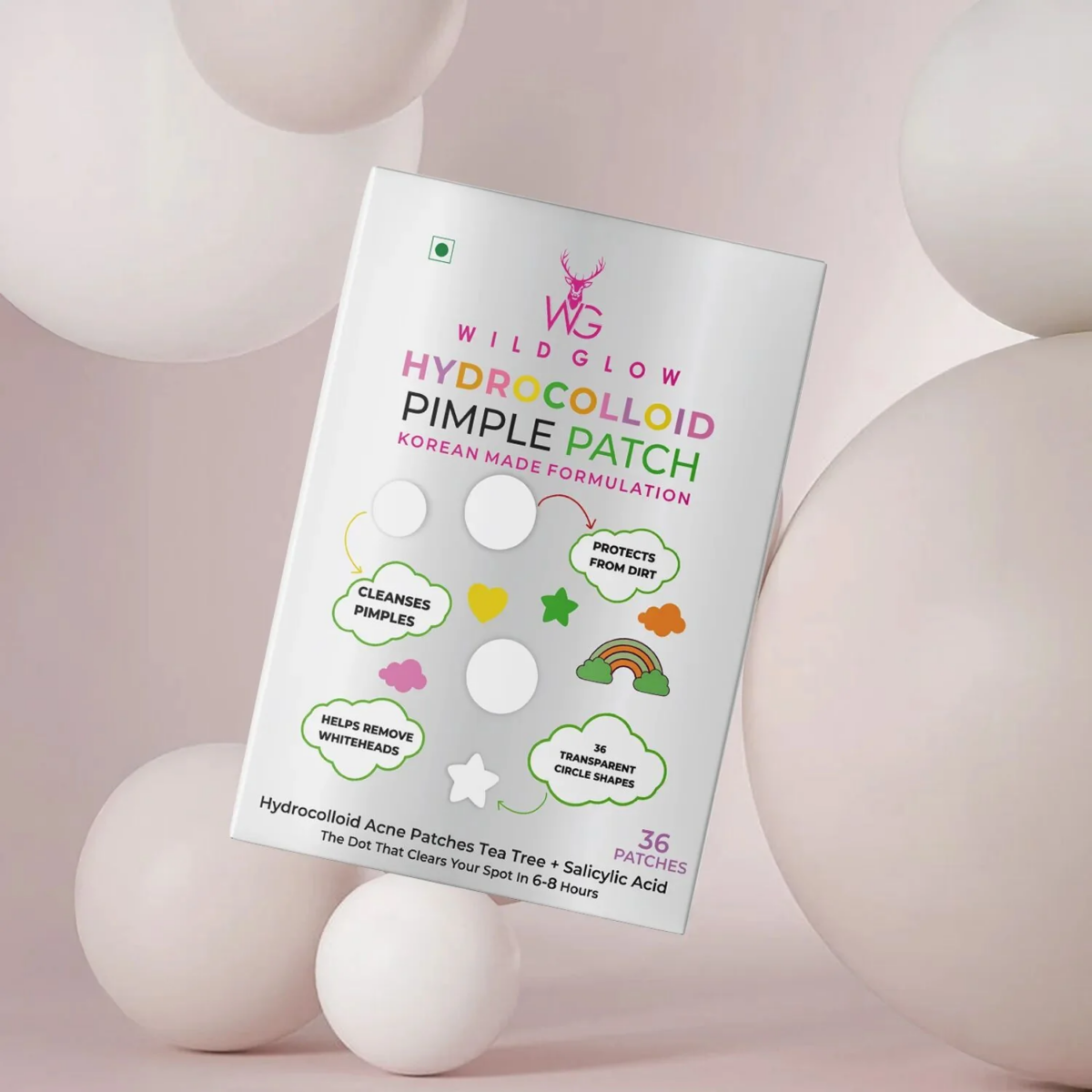The Impact of Pallet Wrap & Containment on Your Business

In today’s fast-paced business environment, maintaining efficiency in logistics is crucial for companies across various sectors. One key factor contributing to this efficiency is how goods are packaged, wrapped, and contained. Pallet wrap, or stretch wrap, ensures product safety, minimizes loss, and increases overall profitability. The right containment strategy can dramatically improve operational processes and enhance business performance.
What is Pallet Wrap, and Why Does it Matter?
Pallet wrap is the plastic film used to securely hold together the products stacked on pallets during shipping or storage. Its primary function is to protect the products from external factors like dirt, moisture, and potential damage during transit. More importantly, it ensures that items stay intact, reducing the risk of product loss or spillage. Without the proper containment of products, businesses would face significant disruptions, higher costs, and lower customer satisfaction.
Choosing the suitable pallet wrap can enormously impact your overall supply chain. High-quality pallet wraps, applied correctly, minimize the need for repacking or rehandling goods, saving valuable time and resources.
The Role of Pallet Wrap in Protecting Goods
The primary goal of pallet containment is to protect products from potential damage, and pallet wrap achieves this through:
- Enhanced Stability: Pallet wrap tightly secures items together on a pallet, keeping products stable and minimizing movement during transportation.
- Weather Resistance: Whether your goods are exposed to rain, snow, or extreme sunlight, pallet wrap acts as a protective barrier, ensuring that external elements don’t compromise the integrity of the products.
- Reduced Risk of Theft: Secure containment means that products are less likely to be tampered with or stolen during transit.
The importance of high-quality pallet wrap cannot be overstated for businesses that handle sensitive or fragile items. Damage during transportation can lead to lost revenue, increased costs, and damaged reputation.
Types of Pallet Wraps and Their Advantages
When it comes to pallet wrapping, businesses can choose from several different types of wraps, each with its unique advantages:
1. Hand Pallet Wrap
Workers apply this manually. Hand pallet wrap is ideal for smaller operations with low-volume packaging needs. It provides the flexibility of wrapping pallets of various shapes and sizes. However, it may not be as consistent as machine-applied wraps.
2. Machine Pallet Wrap
As the name suggests, this type of wrap is applied using automated equipment. Machine pallet wrap ensures consistent tension, better containment, and faster packaging times. It is more efficient and cost-effective for large businesses handling high volumes.
3. Blown Pallet Wrap
The blown stretch film offers exceptional puncture resistance and is often used in industries handling sharp or irregularly shaped products. Its superior strength ensures that goods remain protected even in challenging shipping conditions.
4. Cast Pallet Wrap
This type of wrap is known for its clarity and tear resistance. Cast pallet wrap is quiet when applied, and its transparency makes scanning barcodes or labels on the pallets easier. This is particularly useful for businesses where efficient identification of goods is a priority.
The Economic Benefits of Pallet Wrap
Beyond protecting products, pallet wrap offers several economic advantages that can significantly affect a business’s bottom line:
1. Lower Shipping Costs
Properly wrapped pallets take up less space and are easier to stack, allowing businesses to optimize truckloads and reduce the number of shipments. This directly translates to lower shipping costs and fuel consumption.
2. Reduced Product Damage
When products are not secured properly, they are prone to damage during transportation. Product damage leads to returns, customer dissatisfaction, and lost sales. By using high-quality pallet wrap, businesses can significantly reduce these risks, ensuring customer satisfaction and minimizing the cost associated with product returns.
3. Improved Productivity
Machine-applied pallet wraps can dramatically increase packaging efficiency, allowing businesses to wrap more pallets in less time. This frees up labor resources for other critical tasks, ultimately improving productivity.
4. Sustainability
As sustainability becomes a growing concern for businesses, eco-friendly pallet wrap options are gaining popularity. Recyclable or biodegradable wraps help reduce environmental impact while providing the necessary containment strength. Additionally, businesses that invest in sustainable packaging solutions often find themselves better positioned to meet corporate social responsibility goals.
Best Practices for Using Pallet Wrap
While pallet wrap is an incredibly effective tool, there are certain best practices to follow to maximize its benefits:
- Choose the Right Type: Ensure you select the correct pallet wrap type for your specific product requirements. Heavier loads may require a more robust wrap, while lighter products may not require the same strength level.
- Use the Correct Tension: Applying the correct tension is essential for securing goods without causing damage. Both manual and machine applications should ensure that the wrap is tight enough to hold the products together but not too tight to crush or deform them.
- Layering for Stability: Multiple layers of pallet wrap can provide added stability. Depending on the weight and fragility of the load, applying extra layers may be necessary to ensure secure containment.
- Check for Consistency: Whether using a hand-applied or machine-applied wrap, consistency is critical. Inconsistent application may result in unsecured products and higher risks during shipping.
How Pallet Wrap Contributes to Business Growth
Ultimately, the use of effective pallet wrap and containment solutions has a direct impact on business growth. By reducing product damage, lowering operational costs, and improving efficiency, businesses can:
- Enhance customer satisfaction: Well-contained products are less likely to arrive damaged or delayed.
- Increase profitability: Fewer losses and reduced shipping costs allow businesses to operate more efficiently and invest in growth opportunities.
- Build a strong brand image: Companies that use high-quality and sustainable pallet wraps demonstrate their commitment to quality and the environment.
Conclusion
Investing in the right pallet wraping solutions is not just about protecting your products; it’s about safeguarding your bottom line and enhancing your business’s overall operational efficiency. From improving packaging productivity to ensuring product safety, pallet wrap is critical in streamlining supply chains and driving long-term success. Choosing the right type, applying it effectively, and adhering to best practices will position your business for growth in a highly competitive marketplace.







